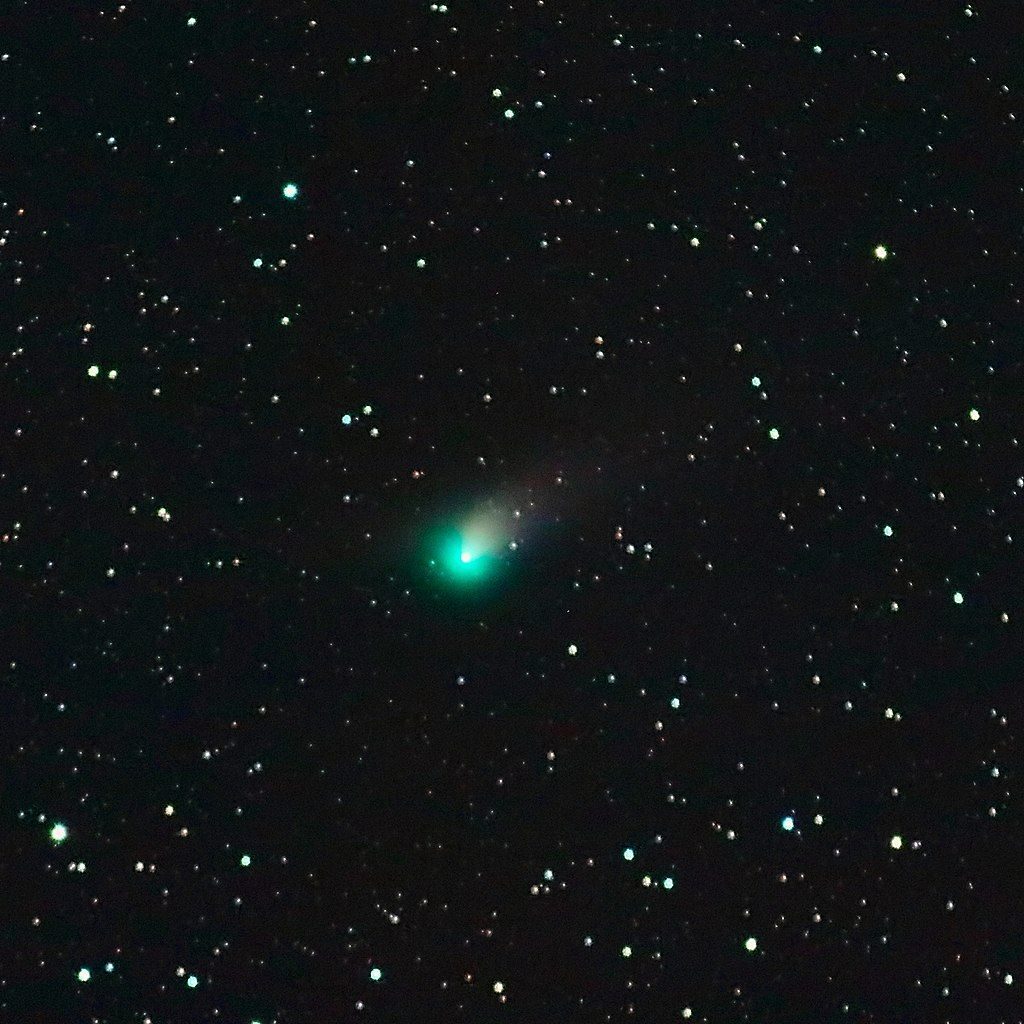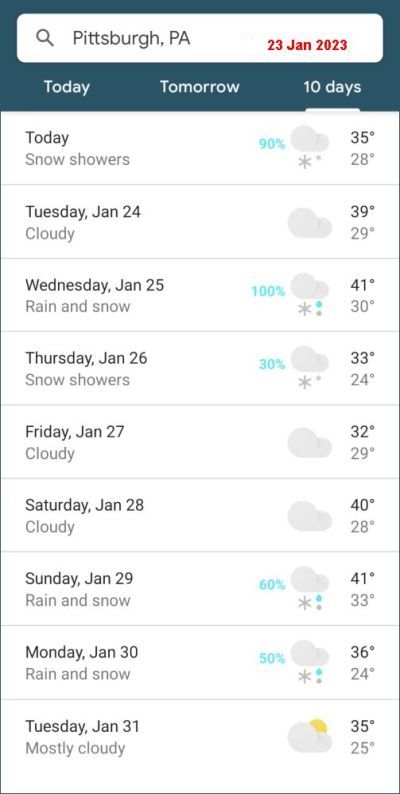
23 January 2023
A green comet that last passed the sun 50,000 years ago set off a flurry of stargazing on the night of the new moon, 21-22 January. Even though Comet C/2022 E3 (ZTF) will pass closest to earth on 2 February it is best to see it now before the moon waxes to full on 5 February.
video from @MrSuperMole on YouTube
Comet C/2022 E3 (ZTF) is so faint that it must be viewed in a dark sky and is best seen via binoculars, telescope, or camera with telephoto lens — for instance, birding equipment. The photo above was taken with a 300mm F/4 lens. Click here for information on where to look.
With magnification and a star map all you need is a dark sky, but finding one is increasingly difficult.
A study published last week in the journal Science examined 12 years of citizen science reports of the constellations seen with the naked eye. The number of constellations seen from 2011-2022 went down as sky glow increased from lights on earth. As Smithsonian Magazine explains, the brightness of light pollution increased at a rate of 9.6 % per year. “That’s equivalent to the brightness doubling every eight years.”
Previous studies used satellites to measure earth lights reaching outer space but they missed the effect of ground lights inside our atmosphere. So the problem is worse than we thought. For a video illustration, see the 2016 article below.
Meanwhile in Pittsburgh, we definitely have light pollution but our impossible hurdle is cloud cover. We have lots of clouds in the forecast for the next 10 days.

Read more about the light pollution study in Smithsonian Magazine: Light pollution is drowning the starry night sky faster than thought.
(photo from Wikimedia Commons, video from @MrSuperMole on YouTube, screenshot from weather.com on cellphone)